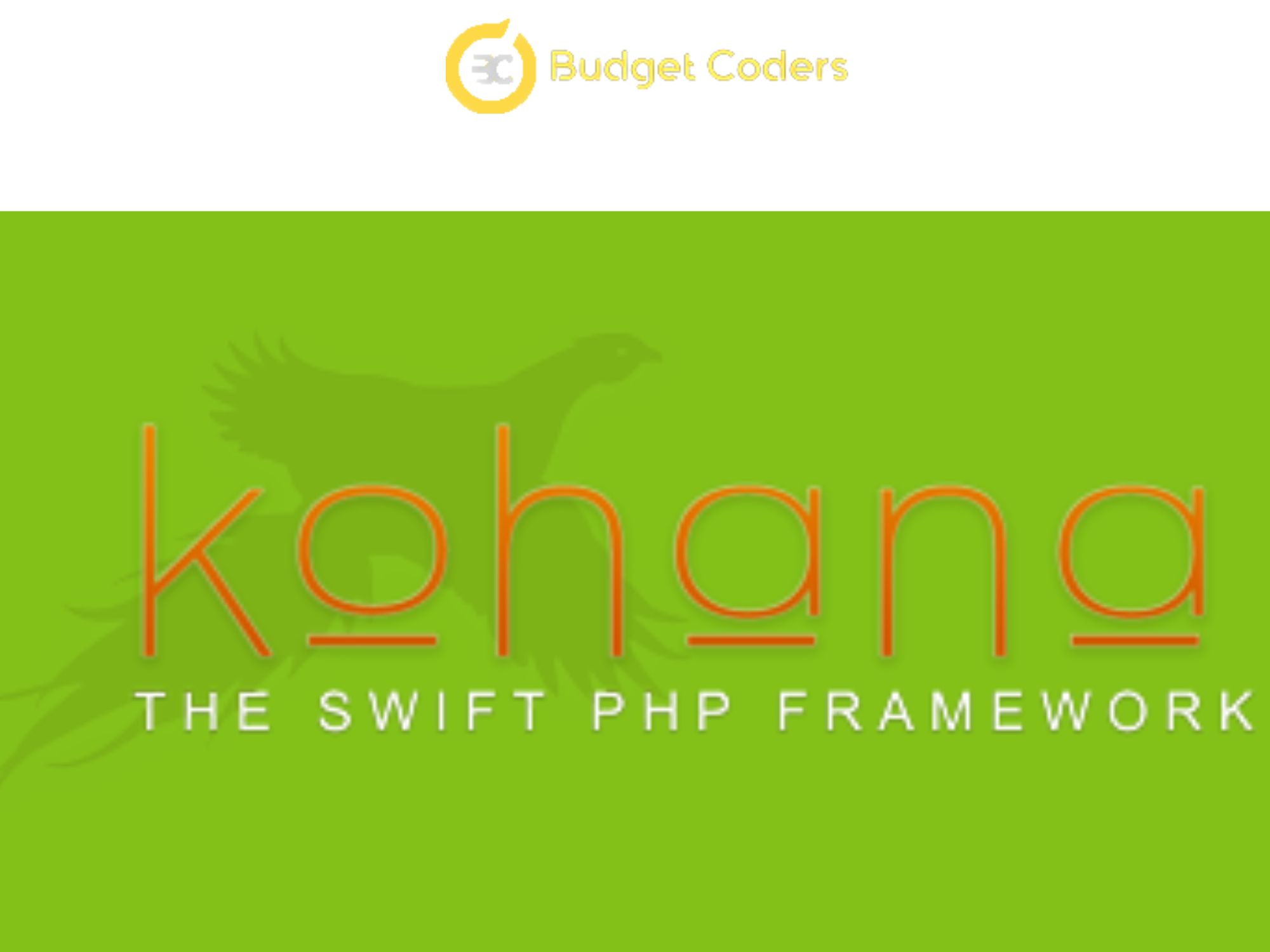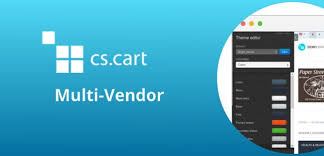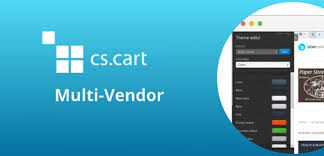Have you ever wanted to create a website or web application but felt overwhelmed by the complexity of coding it yourself? Look no further than KOHANA PHP framework, a lightweight and easy-to-use PHP MVC framework that makes creating websites and applications a breeze! In this article, we will take an introductory look at KOHANA and how it can help you get your project off the ground quickly.
What is KOHANA?
KOHANA is an easy-to-use PHP MVC framework. It is designed to make life easier for developers by providing a simple, yet powerful, set of tools for building web applications. KOHANA comes with a wide range of features that are designed to make development faster and easier, including:
– A simple, yet powerful, routing system that makes it easy to create clean and search engine friendly URLs
– A flexible view system that makes it easy to separate presentation from logic
– A built-in ORM (Object Relational Mapper) that makes working with databases easier
– A debug tool that helps you find and fix errors in your code
– A set of tools for creating and managing forms
KOHANA is also very extendable. If there’s a feature you need that isn’t included in the core framework, chances are there’s already a module or extension available that adds it. And if not, it’s easy to create your own modules and extensions to add the functionality you need.
Why Use KOHANA?
There are many reasons to use the KOHANA PHP MVC framework. It is easy to learn and use, and it is well suited for small to medium sized projects. KOHANA also has a very active community with a lot of helpful resources.
KOHANA is built on the principle of “don’t repeat yourself” (DRY). This means that you can avoid writing duplicate code by using existing modules and libraries. KOHANA also follows the Model-View-Controller (MVC) software design pattern, which makes your code easier to maintain and scale.
Another big advantage of KOHANA is its performance. Thanks to its efficient caching system, KOHANA can handle high traffic loads without slowing down. And because KOHANA generates clean URLs, your site will be more search engine friendly.
So if you’re looking for an easy-to-use yet powerful PHP MVC framework, give KOHANA a try. You won’t be disappointed!
Features of KOHANA
KOHANA is an easy-to-use, open source PHP MVC framework. It is released under the MIT license.
Some of the key features of KOHANA include:
1) A clear and consistent coding style – KOHANA adopts a clean and consistent coding style throughout the framework. This makes it easy to read and understand the codebase, and also helps to avoid potential conflicts when working with team members who may have different coding styles.
2) Comprehensive documentation – KOHANA comes with excellent documentation that covers all aspects of the framework. This makes it easy to get started with using KOHANA, and also means that you can easily find answers to any questions that you may have.
3) A large community – There is a large community of developers who are using KOHANA, which means that there is plenty of help and support available if you need it. The community also contributes a lot of useful modules and libraries that can be used with KOHANA to extend its functionality.
4) No dependencies – One of the great things about KOHANA is that it has no dependencies on other frameworks or libraries. This means that you can use it in any project, regardless of whether or not you are using other frameworks or libraries.
Setting up a KOHANA Application
KOHANA is an easy-to-use PHP MVC Framework that helps you quickly develop your website or application. In this article, we will show you how to set up a KOHANA application.
First, you need to download and install the KOHANA Framework on your server. You can find the latest version of KOHANA at http://kohanaframework.org/download.
Once you have downloaded and extracted the KOHANA files, you need to upload them to your server’s web root directory.
Next, you need to create a bootstrap file which will initialize the KOHANA framework. You can name this file anything you want, but for this example we will name it “bootstrap.php”.
In the bootstrap file, you need to include the following code:
// Include the autoloader
require ‘path/to/kohana/autoloader.php’;
// Enable error reporting (this is disabled by default in production environments)
Kohana::$environment = Kohana::DEVELOPMENT;
// Initialize Kohana with the bootstrap file
Kohana::init(array(‘base_url’ => ‘/’));
// Attach a file reader to config so we can load from different directories
Kohana::$config->attach(new Config_File);
Using the Modules and Libraries
KOHANA comes with a variety of modules and libraries that you can use to speed up development.
In this section, we’ll take a look at some of the most popular modules and libraries that are available for KOHANA.
We’ll also show you how to install and use them in your own projects.
Creating Controllers, Models, and Views
When creating a new project in KOHANA, you will need to create three different types of files: Controllers, Models, and Views.
Controllers are responsible for handling user input and interactions. They are the “C” in MVC. In KOHANA, controllers are typically stored in the /controllers/ directory.
Models represent your data and business logic. They are the “M” in MVC. In KOHANA, models are typically stored in the /models/ directory.
Views are responsible for generating the HTML output that is sent to the browser. They are the “V” in MVC. In KOHANA, views are typically stored in the /views/ directory.
Managing Database Connections
In any PHP application that uses a database, you need to create a connection between your code and the database. The most basic way to do this is to use the mysql_* functions. However, these functions are not very flexible or secure.
KOHANA provides a much better way to manage database connections. It uses the PDO extension, which provides a consistent interface for accessing different types of databases.
Creating a connection is simple. First, you need to edit the file application/config/database.php and enter your database credentials:
Next, you can create a connection in your code like this:
Now you can start using the connection to run queries and fetch data from the database.
Writing Unit Tests and Integration Tests
Unit tests and integration tests are an essential part of any PHP application. They help you ensure that your code is working as expected and that your application is integrates correctly with other applications and libraries.
Kohana provides an easy-to-use testing framework that makes it simple to write both unit tests and integration tests. In this article, we’ll take a look at how to write both types of tests in Kohana.
Unit Tests
Unit tests are designed to test a single component of your code in isolation. This allows you to test your code without having to worry about the rest of your application.
Kohana’s unit testing framework is based on PHPUnit, which is the de facto standard for PHP unit testing. To get started, you’ll need to download and install PHPUnit. Once you have PHP Unit installed, you can create a new test class by extending the Kohana_Unittest_TestCase class:
<?php
class MyTest extends Kohana_Unittest_TestCase
{
}
?>
Now that you have a basic test case set up, let’s take a look at how to write a few simple unit tests. The first thing you’ll need to do is add a public function to your test case for each unit test:
<?php
class MyTest extends Kohana_Unittest_TestCase
{
public
Conclusion
KOHANA is an intuitive and powerful PHP MVC framework that makes it easy to create dynamic web applications. By providing a simple and well-structured codebase, as well as plenty of modules for ease of use, KOHANA enables developers to quickly build complex web apps with minimal effort. With its user friendly interface and straightforward features, KOHANA is the perfect choice for those seeking a reliable yet flexible tool when creating their next project.
FAQs
Q. What is Kohana PHP?
Kohana is an open-source PHP framework that enables developers to set up web applications quickly and easily. It follows the Model View Controller (MVC) pattern that allows developers to separate logic and presentation. Kohana provides a secure and structured environment for developing web applications with speed and agility. With Google Cloud support, Kohana makes it easier for developers to host their applications with scalability, security, and reliability.
Q. How to install kohana framework?
Installing Kohana is a simple process that can be completed in no time. First, download the latest version of the framework from their official website. Once you have downloaded it, extract the files to your desired directory. Now you can use Composer to install the dependencies and then activate the framework by setting up an environment config file. After that is complete, you should be good to go!



